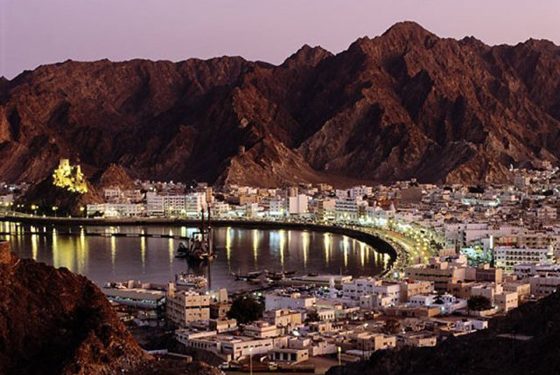Around 54 new hotels are currently being developed in Oman, on top of 23 last year, which signals a huge increase in capacity coming onto the market, broadening the scope for services across the tourism sectors, said an industry expert.
“Oman currently sees 2.1 million tourists a year which is already a massive increase on what it has had historically. But that’s pegged for much greater growth,” added Oliver Cornock, Middle East Managing Editor for the global publishing, research and consultancy firm Oxford Business Group (OBG).
The broad range of investment opportunities emerging in Oman against a backdrop of steady, economic growth was highlighted in a wide-ranging video interview given by Cornock.
The interview, in which Cornock shares his thoughts on Oman’s economic growth story with the economic analyst Nicholas Anderman, looks at the Sultanate’s economy with a backdrop of lower oil revenues, yet continuing high levels of budget spending.
Cornock told Anderman that efforts to diversify Oman’s economy, coupled with the Sultanate’s strategic location on several major trade routes, had produced “myriad opportunities” for investors, particularly in the supply chain and logistics segments.
Heavy investment in Oman’s port infrastructure, he said, which included the construction of new facilities at Sour and Duqm, alongside expansion work at the older ports of Sohar and Salalah, had set the scene for Oman to capitalize on its position at the tip of the Arabian peninsula, while a long border with Saudi Arabia offered direct access to one of the region’s economic powerhouses.
“We’re seeing infrastructure being built around a huge capacity for import and export,” Cornock told Anderman. “Add to that a rapidly developing road system, airport expansion and the GCC-wide rail network project, and it becomes clear that Oman is ideally suited to the role of transshipment hub for all manner of goods.”
Cornock told Anderman that Oman’s ambitious plans for tourism, which include boosting the industry’s contribution to GDP to 3 per cent over the next six or seven years, would also bring significant opportunities for investors.
Turning to foreign trade, Cornock said the long list of free trade agreements (FTAs) signed with other nations, alongside the free movement of goods Oman enjoys as a GCC member, provided firm foundations for future growth.
The United States-Oman FTA, signed in 2009, had strengthened economic and commercial ties between the two countries significantly, he said, leading to a 60 per cent increase in exports to the US, while foreign direct investment (FDI) from the States into the Sultanate had risen by 12 per cent since the deal was inked.
Trade Arabia
16 March






















































